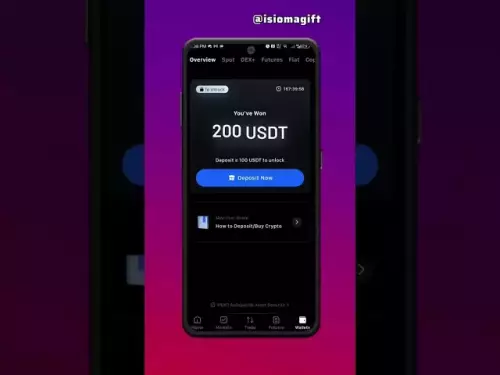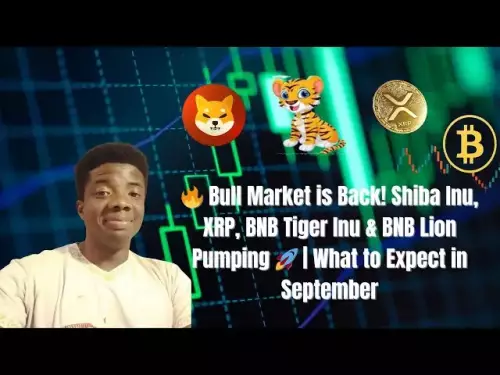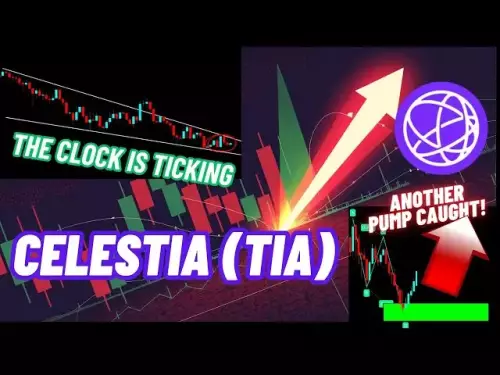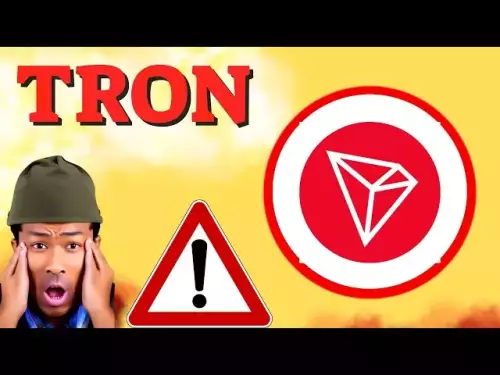-
 Bitcoin
Bitcoin $109800
0.96% -
 Ethereum
Ethereum $4462
-0.28% -
 Tether USDt
Tether USDt $1.000
0.01% -
 XRP
XRP $2.821
-0.71% -
 BNB
BNB $861.7
0.16% -
 Solana
Solana $202.1
-1.48% -
 USDC
USDC $1.000
0.03% -
 Dogecoin
Dogecoin $0.2184
0.01% -
 TRON
TRON $0.3411
-0.35% -
 Cardano
Cardano $0.8371
0.97% -
 Chainlink
Chainlink $23.72
-0.38% -
 Hyperliquid
Hyperliquid $45.31
1.40% -
 Ethena USDe
Ethena USDe $1.001
0.03% -
 Sui
Sui $3.324
-0.19% -
 Stellar
Stellar $0.3621
0.40% -
 Bitcoin Cash
Bitcoin Cash $547.2
-0.56% -
 Avalanche
Avalanche $24.23
0.46% -
 Cronos
Cronos $0.2828
-3.05% -
 Hedera
Hedera $0.2226
-1.80% -
 UNUS SED LEO
UNUS SED LEO $9.611
0.32% -
 Litecoin
Litecoin $110.7
-0.96% -
 Toncoin
Toncoin $3.157
0.51% -
 Shiba Inu
Shiba Inu $0.00001250
0.45% -
 Polkadot
Polkadot $3.851
0.19% -
 Uniswap
Uniswap $9.753
-1.24% -
 Dai
Dai $0.9999
0.00% -
 Bitget Token
Bitget Token $4.570
0.11% -
 Monero
Monero $268.2
2.03% -
 Aave
Aave $316.7
-1.64% -
 Ethena
Ethena $0.6473
-4.43%
What are candlestick charts and how do you read them?
Candlestick charts reveal crypto market sentiment through price patterns, helping traders spot reversals, momentum, and volatility using open, close, high, and low data.
Sep 01, 2025 at 02:54 pm
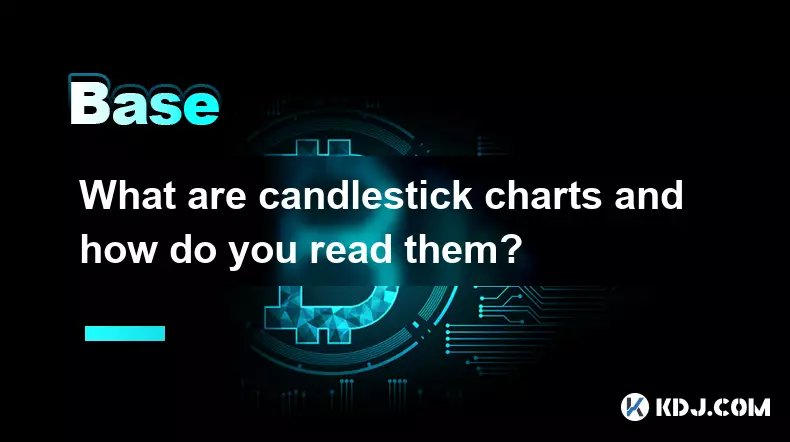
Understanding Candlestick Charts in Cryptocurrency Trading
Candlestick charts are one of the most widely used tools in cryptocurrency trading. They originated in Japan centuries ago and have since become essential for analyzing price movements across financial markets, including digital assets. Each candlestick represents price activity over a specific time frame—ranging from one minute to one day or longer. The visual format allows traders to quickly interpret market sentiment and potential reversals.
1. A single candlestick displays four key data points: the opening price, closing price, highest price, and lowest price during the selected period. The rectangular body shows the range between the open and close, while thin lines above and below—called wicks or shadows—indicate the high and low extremes.
2. If the closing price is higher than the opening price, the body is typically colored green or white, signaling bullish momentum. Conversely, if the close is lower than the open, the body appears red or black, reflecting bearish pressure.
3. The length of the body and wicks can reveal the intensity of buying or selling. Long green bodies suggest strong buying interest, while long red bodies point to aggressive selling. Short bodies with long wicks may indicate indecision or rejection at certain price levels.
4. Traders analyze patterns formed by multiple candlesticks to anticipate future price action. Patterns like doji, hammer, engulfing, and shooting star are frequently used to identify potential trend reversals or continuations.
5. Timeframes play a crucial role in interpretation. A candlestick on a 15-minute chart may signal short-term volatility, whereas a daily candle provides insight into broader market direction. Aligning multiple timeframes enhances the reliability of signals.
Key Elements of a Candlestick
1. The open price is the first traded price during the period. It marks the beginning of the candlestick’s body and helps determine the market’s initial direction.
2. The close price is the last traded price in the timeframe. It is critical because it reflects the final consensus on value and influences the color and shape of the candle.
3. The high price extends the upper wick and shows the peak value reached, even if it wasn’t sustained. This level often acts as resistance in future price attempts.
4. The low price forms the lower wick and indicates the lowest point traded. Traders watch this level for potential support or breakdown signals.
5. The body’s color and size provide immediate insight into trader psychology. A large green candle after a downtrend may indicate a reversal, while a series of red candles suggests ongoing selling pressure.
Common Candlestick Patterns in the Crypto Market
1. The doji occurs when the open and close prices are nearly identical, forming a cross-like shape. It suggests market indecision and often precedes a trend change, especially after a prolonged move.
2. The hammer appears at the bottom of a downtrend with a small body and a long lower wick. It signals that sellers pushed price down but were overwhelmed by buyers, potentially marking a bottom.
3. The bullish engulfing pattern consists of a small red candle followed by a larger green one that completely engulfs the prior body. This shift indicates a strong reversal in buyer sentiment.
4. The shooting star features a small body near the lower end with a long upper wick, appearing after an uptrend. It reflects failed attempts to push price higher and may precede a downturn.
5. The evening star is a three-candle bearish reversal pattern. It starts with a long green candle, followed by a small-bodied candle that gaps up, then a long red candle that closes deep into the first candle’s range.
Frequently Asked Questions
What does a long lower wick indicate in a candlestick?
A long lower wick shows that the price dropped significantly during the period but recovered to close near the high. This often suggests strong buying support at lower levels and may signal a potential upward reversal, especially in oversold conditions.
How do traders use candlestick charts alongside volume?
Volume confirms the strength of a candlestick signal. A green candle with high volume indicates strong conviction from buyers, while a red candle on high volume reflects intense selling. Low volume during a pattern may suggest a false or weak signal.
Can candlestick patterns predict exact price targets?
No, candlestick patterns do not provide precise price targets. They are best used to identify potential turning points or continuations. Traders often combine them with support/resistance levels, moving averages, or Fibonacci retracements to estimate target zones.
Are candlestick charts effective in highly volatile crypto markets?
Yes, candlestick charts are particularly useful in volatile markets because they capture rapid price swings and emotional trader behavior. However, due to increased noise, traders should use additional confirmation tools to filter out false signals during extreme volatility.
Disclaimer:info@kdj.com
The information provided is not trading advice. kdj.com does not assume any responsibility for any investments made based on the information provided in this article. Cryptocurrencies are highly volatile and it is highly recommended that you invest with caution after thorough research!
If you believe that the content used on this website infringes your copyright, please contact us immediately (info@kdj.com) and we will delete it promptly.
- Memecoins September 2025 Watchlist: What's Hot Now?
- 2025-08-31 23:25:15
- Eric Trump Predicts Bitcoin to $1 Million: Hype or Reality?
- 2025-08-31 23:25:15
- BlockDAG: Redefining Scalability and ROI Potential in 2025
- 2025-08-31 23:05:16
- Ozak AI, Altcoins, and 20x Potential: Navigating the Crypto Landscape
- 2025-09-01 00:05:12
- Bonk Price, Solana Meme Coin, and the Rise of Layer Brett: A New Era?
- 2025-08-31 21:25:12
- ETH Transactions Soar, BTC Whale Shifts Gears: Decoding August's Crypto Charts
- 2025-08-31 21:05:16
Related knowledge

What is the halving in Bitcoin?
Aug 30,2025 at 10:18pm
Understanding Bitcoin Halving1. The Bitcoin halving is an event coded into the blockchain’s protocol that reduces the reward miners receive for valida...
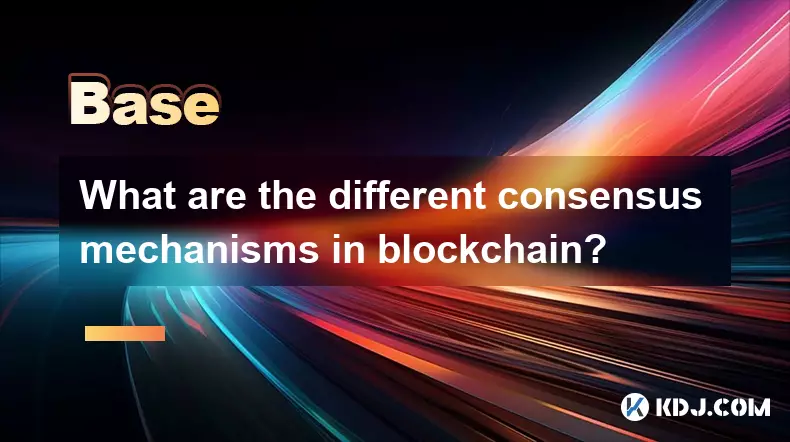
What are the different consensus mechanisms in blockchain?
Sep 01,2025 at 03:54pm
Proof of Work and Its Role in Blockchain Security1. Proof of Work (PoW) is one of the earliest and most widely recognized consensus mechanisms, primar...
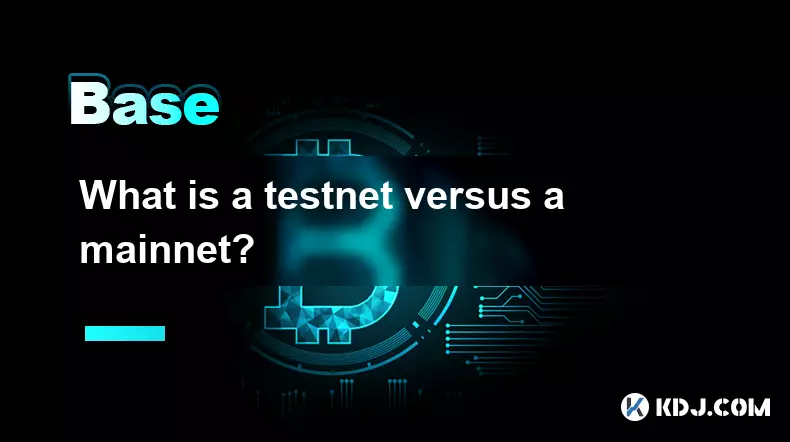
What is a testnet versus a mainnet?
Aug 30,2025 at 06:54pm
Understanding the Role of Testnets in Blockchain Development1. A testnet serves as a parallel blockchain environment designed specifically for develop...
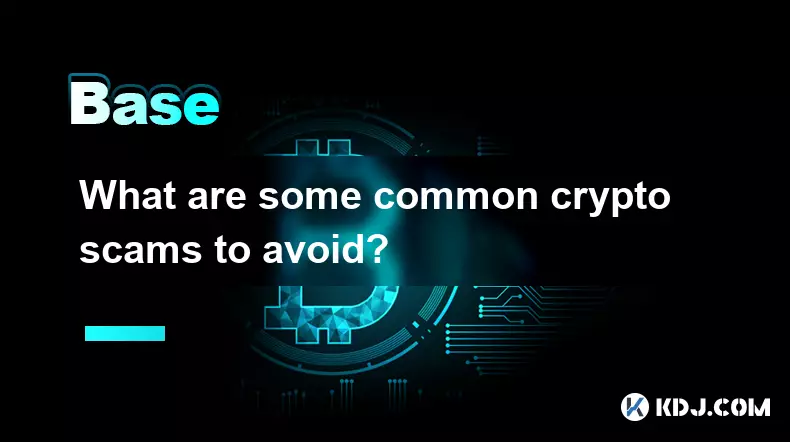
What are some common crypto scams to avoid?
Sep 01,2025 at 06:18am
Crypto Scams Involving Fake Exchanges1. Fraudulent platforms often mimic legitimate exchanges by using similar names and logos to deceive users. These...
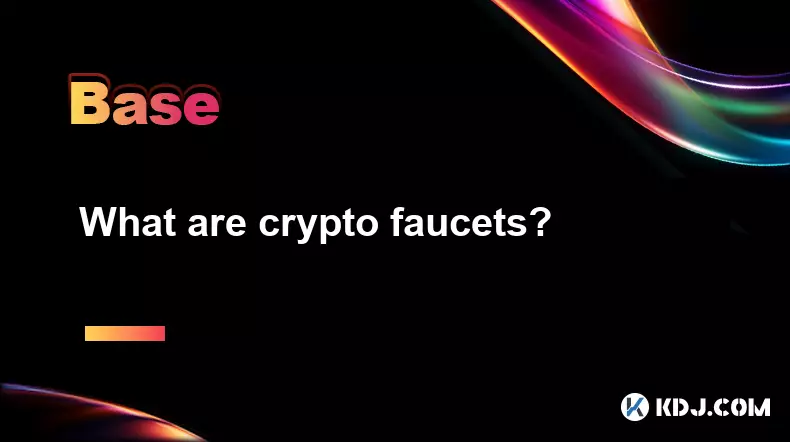
What are crypto faucets?
Aug 30,2025 at 08:10am
Understanding Crypto Faucets1. Crypto faucets are online platforms that distribute small amounts of cryptocurrency to users for completing simple task...

What are privacy coins?
Aug 30,2025 at 06:18am
Understanding Privacy Coins in the Cryptocurrency Ecosystem1. Privacy coins are a category of cryptocurrencies specifically designed to enhance transa...

What is the halving in Bitcoin?
Aug 30,2025 at 10:18pm
Understanding Bitcoin Halving1. The Bitcoin halving is an event coded into the blockchain’s protocol that reduces the reward miners receive for valida...

What are the different consensus mechanisms in blockchain?
Sep 01,2025 at 03:54pm
Proof of Work and Its Role in Blockchain Security1. Proof of Work (PoW) is one of the earliest and most widely recognized consensus mechanisms, primar...

What is a testnet versus a mainnet?
Aug 30,2025 at 06:54pm
Understanding the Role of Testnets in Blockchain Development1. A testnet serves as a parallel blockchain environment designed specifically for develop...

What are some common crypto scams to avoid?
Sep 01,2025 at 06:18am
Crypto Scams Involving Fake Exchanges1. Fraudulent platforms often mimic legitimate exchanges by using similar names and logos to deceive users. These...

What are crypto faucets?
Aug 30,2025 at 08:10am
Understanding Crypto Faucets1. Crypto faucets are online platforms that distribute small amounts of cryptocurrency to users for completing simple task...

What are privacy coins?
Aug 30,2025 at 06:18am
Understanding Privacy Coins in the Cryptocurrency Ecosystem1. Privacy coins are a category of cryptocurrencies specifically designed to enhance transa...
See all articles























